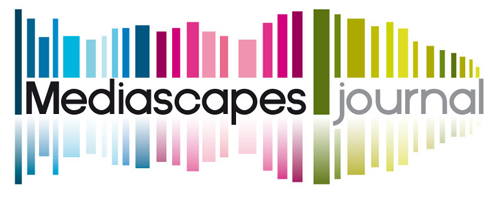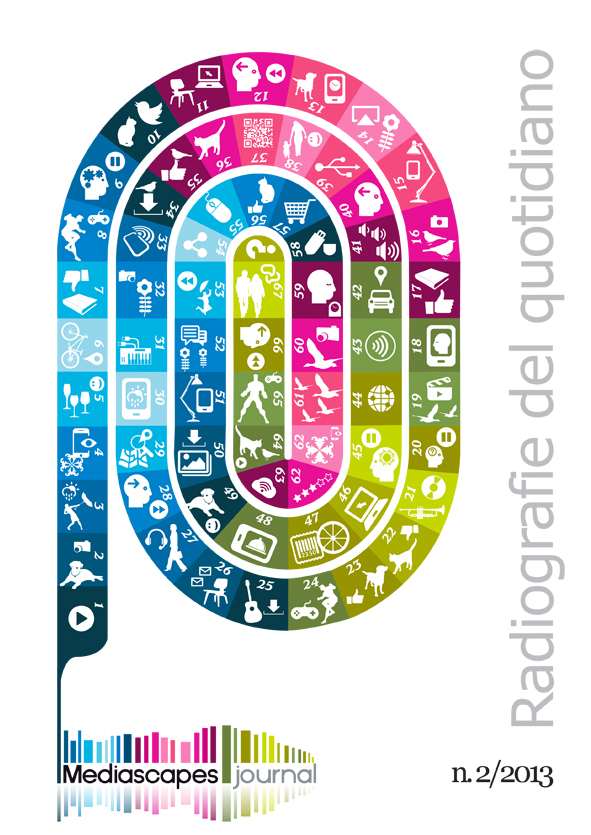La figuraccia al tempo di Internet: pratiche quotidiane di mediazione del rossore attraverso un #tweet
Keywords:
vergogna, emozioni, social media, identità narrativa, sé, sentimenti, shaming, sentiment, narrative identity, selfAbstract
È pratica comune utilizzare i nuovi contesti partecipativi per condividere frammenti di vita quotidiana. Questa costante traduzione in caratteri o in immagini digitali dei propri vissuti è parte del processo di appropriazione dei device mobili e del popolamento della Rete, inteso come contesto sempre più affollato, partecipato ed emotivamente denso. Il presente contributo è volto a mettere in luce alcune pratiche narrative emergenti intorno alla condivisione di esperienze emotive che hanno la caratteristica di essere altamente situazionali, e dunque legate a un contesto specifico e che vengono “ritradotte” in frammenti di testo per essere condivise con cerchie sociali altrimenti non raggiungibili. Ci riferiamo in modo più specifico alla vergogna. Il paper presenta parte dei risultati di una ricerca esplorativa volta a indagare tutte le dimensioni caratterizzanti questo sentimento e ha per oggetto i tweet postati tra luglio e dicembre 2012 con hashtag semanticamente afferenti al tema della vergogna.I risultati hanno permesso di ricostruire una mappa delle caratteristiche narrative di questa pratica di socializzazione emotiva digitale, sulla base dei processi di appropriazione del meta-medium (De Carli, 1997) e di colonizzazione di un preciso contesto partecipativo e mediato. La Rete, dunque, come rifugio dal rossore del contesto situato e al contempo spazio ed occasione di situazioni imbarazzanti che mettono in crisi le nuove forme di pudore digitale.
One of the most common use of the Net is to share narratives about the Everyday life. This continue translation in words and images of personal experiences is a part of the appropriation process of mobile and digital devices. It is also the expression of the new way of living and using the Net, considered, more and more, a crowded, participated and emotionally thick context. The paper aims at underlining some narrative practices emerging from the sharing of emotive experiences. More specifically the focus is oriented toward shame and embarrassment, that are emotions typically situated, linked with a specific context. In the case of digital environments, we can observe the translation of this livings in narrative fragments that are shared with personal contacts.
We describe a part of the results of an explorative research about on-line shaming. The study is focused on the qualitative content analysis of tweets posted on line during July-December 2012 with hashtags semantically linked with “shame”.
The results shows the narrative characteristics of the socialization of this family of emotions, according with the practices of appropriation of the digital devices and contexts. The Net becomes the refuge from the situated blush and, at the same time, the digital space where some new kinds of embarrassing situation can take place, undermining the new forms of digital decency.
Downloads
How to Cite
Issue
Section
License
Mediascapes Journal is published under a Creative Commons Attribution Licence 4.0.
With the licence CC-BY, authors retain the copyright, allowing anyone to download, reuse, re-print, modify, distribute and/or copy their contribution. The work must be properly attributed to its author. It should be also mentioned that the work has been first published by the journal Anuac.
Having published these contributions for the first time, Mediascapes Journal will have the right to publish them integrally or partially as reprints or possibly as part of a thematic issue, in both digital and printed format.
It is not necessary to ask further permissions both to author or the journal.


